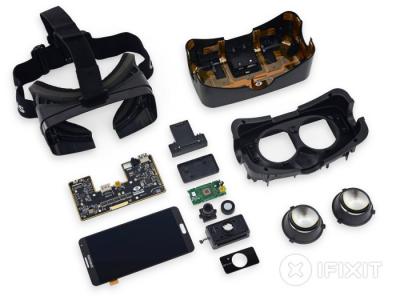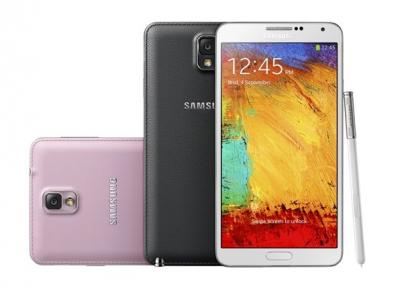Last month Oculus started to ship their second-gen (DK2) development kits - for over 40,000 pre-order customers. Those Gen-2 devices switched the 7" LCD used in the first-generation headsets to newer AMOLED panels. Back when they unveiled the DK2, Oculus explained that they wanted a low persistence display, as it makes an incredible difference. Oculus said that their OLED runs much faster than any other OLED panel on the market.

It was always assumed the panel maker was SDC (they even announced a co-development effort later on), but the actual display was unknown. Today iFixit posted a teardown of the DK2, and it turns out that the display is the same 5.7" FHD Super AMOLED panel used in the Galaxy Note 3 (you can see it in the lower-left part of the image above). In fact, Oculus uses the exact module, with the touch-controller in tact and the camera holes and all.

So what about the claim that this OLED is the fastest on the market? iFixit explains that Oculus is overclocking this display, up to a 75 Hz refresh rate (the Note 3 refresh rate is 60 Hz). It's highly likely that when Oculus released a real commercial product, they will use a custom-designed panel. They will also probably upgrade it to SDC's latest technology, as used in the GS5 LTE-A for example - which offer a higher performance (higher density and brightness, for example) and is more efficient.

